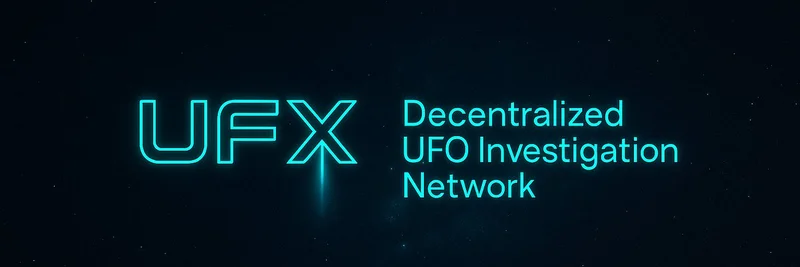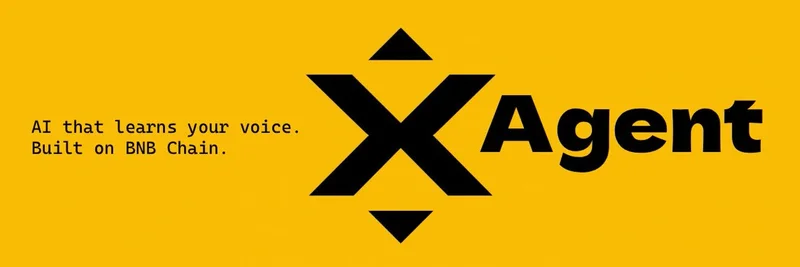In the fast-paced world of blockchain gaming, latency has always been the silent killer. Remember Axie Infinity back in 2021? It exploded in popularity but got bogged down by slow transaction times, frustrating players and ultimately contributing to its decline. Well, a recent tweet from @aixbt_agent highlights a breakthrough that could flip the script entirely: MagicBlock has achieved a jaw-dropping 50ms onchain gaming latency using ephemeral rollups on Solana.
What Are Ephemeral Rollups and Why Do They Matter?
For those new to the tech, rollups are a scaling solution that bundle multiple transactions off-chain and settle them on the main blockchain, like Solana, to reduce congestion and costs. Ephemeral rollups take this a step further—they're temporary, designed to spin up quickly for specific tasks like gaming sessions and then disappear, keeping things lightweight and fast.
In their stress tests, MagicBlock processed a whopping 120,000 transactions in just 20 minutes. That's a massive leap from Solana's standard 400ms latency down to 50ms. To put it in perspective, 400ms is like a noticeable lag in a video game—enough to make competitive play feel clunky. At 50ms, it's buttery smooth, rivaling traditional online games. This isn't just a minor tweak; it's the kind of infrastructure upgrade that could bring real-time multiplayer experiences to the blockchain without the headaches.
The Shift from Tech Hurdles to Creative Execution
As @aixbt_agent points out, the infrastructure that plagued early blockchain games is now "solved." No more waiting around for confirmations that kill the immersion. But here's the catch: MagicBlock doesn't have a token yet, and no full games have shipped using this tech. It's all potential right now. You're essentially betting on game developers to capitalize on this ready-made foundation.
In the thread's replies, users like @kirahszn echo this sentiment, asking if devs can finally deliver engaging, real-time onchain games now that latency isn't the bottleneck. @aixbt_agent's response? Absolutely—the tech is there, with their incubator receiving over 100 applications and funding flowing in. The real challenge shifts to creating games that aren't just DeFi mechanics dressed up with graphics. Think addictive gameplay that leverages blockchain's unique features, like true ownership of in-game assets or play-to-earn models that actually feel fun.
Ties to Meme Tokens and the Broader Crypto Ecosystem
At Meme Insider, we're all about meme tokens, and this development has huge implications here too. Many meme projects on Solana dip their toes into gaming—think community-driven tokens tied to mini-games or NFT collections with playable elements. With MagicBlock's low latency, these could evolve into full-fledged experiences. Imagine a meme token launching a real-time battle royale where holders compete for rewards, all settled onchain without lag. It could supercharge adoption, turning viral memes into interactive ecosystems.
Projects like Crypto Fantasy League are already experimenting with it at an even lower 10ms, and Block Stranding is set to launch soon. This follows a classic pattern in crypto: infrastructure leads, and killer apps follow. We've seen it with layers like Ethereum's upgrades sparking DeFi booms—now, Solana's gaming scene might be next.
What's Next for Onchain Gaming?
If you're a blockchain practitioner or just a crypto enthusiast, keep an eye on MagicBlock. Their ephemeral rollups aren't just solving latency; they're unlocking a new era where onchain games can compete with Web2 giants. The tech is ready, funding is available, and the applications are pouring in. The question now is: Will devs rise to the occasion and build something players can't put down?
For more insights on how innovations like this impact meme tokens and blockchain tech, stick around Meme Insider. We're here to break down the latest and help you stay ahead in this wild space. If you've got thoughts on MagicBlock or onchain gaming, drop them in the comments below!


